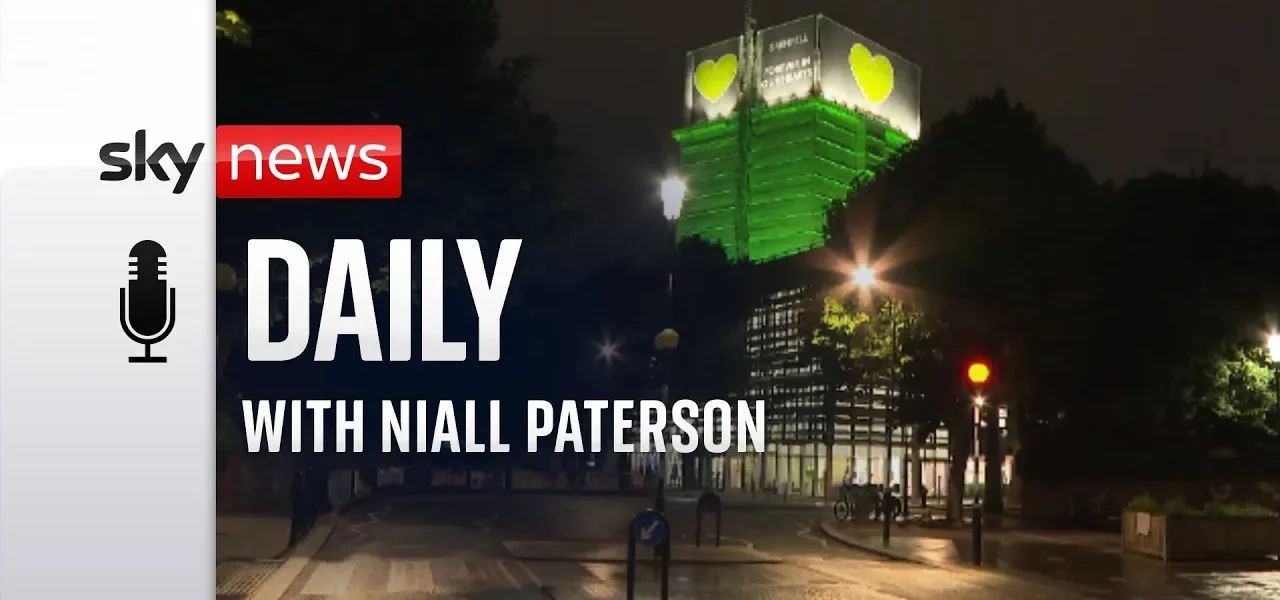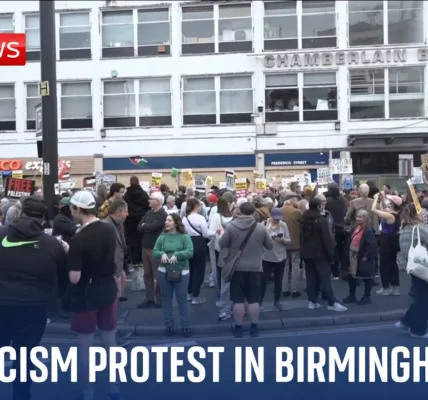Grenfell Tower: Survivor Stories and Ongoing Safety Issues

Welcome to our in-depth exploration of the Grenfell Tower tragedy, where we will delve into the harrowing experiences of survivors, the lingering safety concerns surrounding residential buildings, and the anticipated inquiry report that seeks to provide answers and accountability for the events of June 2017.
Introduction
The Grenfell Tower fire, which occurred in June 2017, remains a pivotal moment in recent British history, resulting in the tragic loss of 72 lives. The aftermath of this disaster has not only exposed serious flaws in building safety regulations but has also left deep emotional scars on the survivors, particularly children. As we await the inquiry report, it is crucial to reflect on the human stories behind this tragedy and the ongoing implications for housing safety in the UK.
The Night of the Fire: Survivor Accounts
On that fateful night, many residents were caught unprepared as flames engulfed the tower. Our correspondent, Rachel Venables, provided a striking account of the chaos that unfolded, highlighting the confusion and terror experienced by those who lived there.
Initial Reactions and Observations
Rachel described her arrival at the scene, witnessing hundreds of people, bewildered and frightened, standing in their pajamas, gazing at the inferno. The emotional weight of the scene was palpable, as many were facing the loss of their homes and loved ones.
The Impact on Children
Among the survivors, children bore a significant burden. One poignant story is that of Lana, a young girl who was only 12 during the fire. Her recollections reveal both the innocence of youth and the heavy toll of trauma. She struggled with feelings of guilt and loss, particularly after the tragic death of her baby brother.
- Lana’s experiences include:
- Helping her younger sister during the evacuation.
- Being trapped in the stairwell before being rescued.
- Facing the grief of losing her mother and baby brother.
Long-term Effects of the Tragedy
The scars left by the fire extend beyond physical injuries. Survivors like Lana report ongoing struggles with anxiety and depression, emphasizing how the events of that night have shaped their lives and identities. The psychological impact is profound, as many young survivors grapple with the reality of having survived when so many did not.
Ongoing Safety Concerns and Cladding Issues
Despite promises of change following the Grenfell fire, many buildings across the UK continue to pose serious risks due to unsafe cladding. Reports indicate that over 3,280 buildings are still clad in materials similar to those that contributed to the Grenfell tragedy.
Legal and Regulatory Challenges
The situation is further complicated by legal ambiguities regarding responsibility for repairs. One such case involves a resident named Steph, who has taken her building owner to court to address the dangerous materials present in her home.
- Steph’s journey highlights several key issues:
- Initial ignorance of fire safety hazards when purchasing her flat.
- Struggles to get the building owner to act on safety requirements.
- Emotional and financial turmoil resulting from the inability to sell her flat.
The Broader Implications for Residents
Many residents in similar situations express frustration over the lack of accountability from building owners. The absence of clear communication and action has left countless individuals feeling trapped in unsafe living conditions, unable to move forward with their lives.
Looking Towards the Future: The Inquiry Report
As the inquiry report is set to be released, there is a collective hope among survivors and affected families that it will provide clarity on the causes of the fire and the failures that allowed it to happen. Past inquiries have already pointed to the cladding as a primary factor in the rapid spread of the fire, but many are eager for a comprehensive understanding of the systemic issues involved.
Expectations from the Inquiry
The upcoming report is expected to address several critical areas:
- The role of involved organizations and regulatory bodies.
- Government regulations surrounding building safety.
- Accountability for those responsible for the decisions that led to the tragedy.
The Call for Justice and Change
Survivors and advocates emphasize that truth must lead to meaningful change. Many express a desire for justice—not just for the families affected but as a crucial step toward ensuring that such an incident never happens again.
Conclusion
The Grenfell Tower fire represents a tragic failure of safety protocols and regulatory oversight that must not be forgotten. As we reflect on the stories of survivors, it becomes evident that the repercussions of that night extend far beyond the immediate loss of life. The ongoing issues surrounding unsafe cladding and the need for accountability remain pressing concerns. As we await the inquiry report, it is essential to advocate for the changes necessary to protect residents and ensure that justice is served. We encourage readers to stay informed and engaged with the developments surrounding this critical issue.
For further information on building safety and survivor stories, visit our related articles on housing safety and community advocacy.
“`




